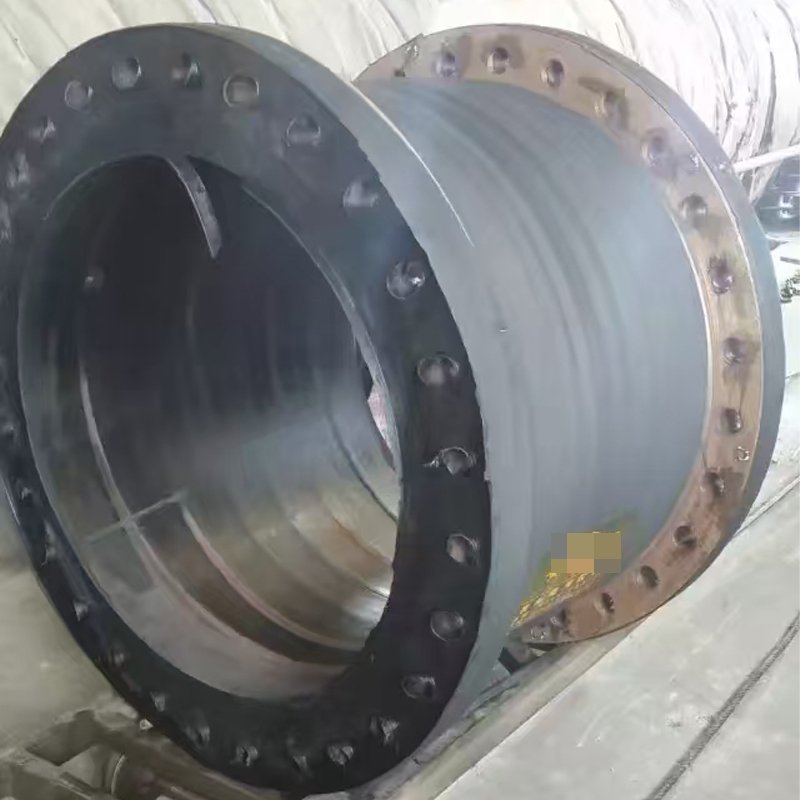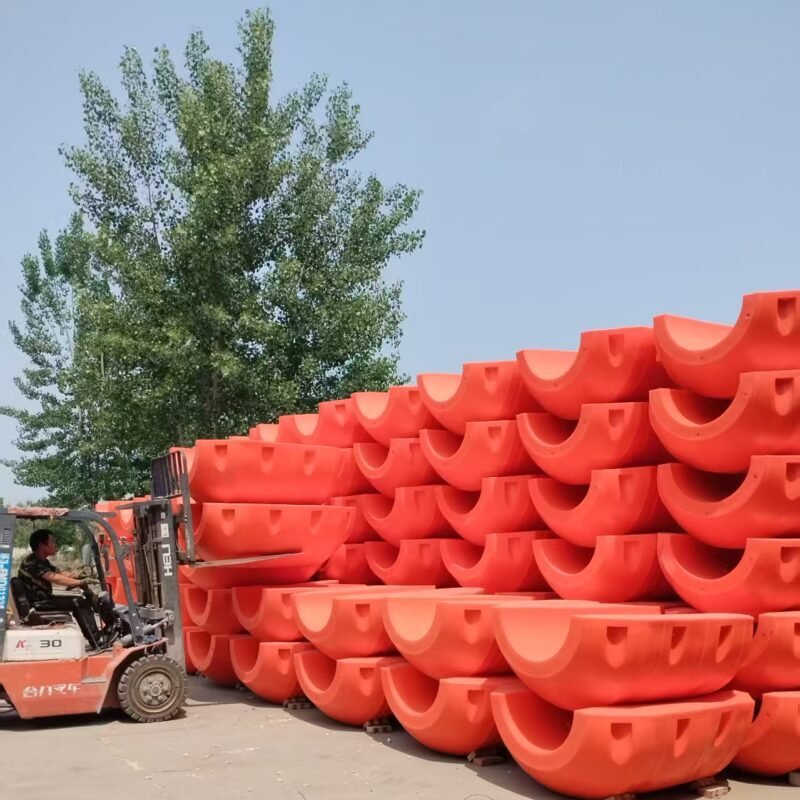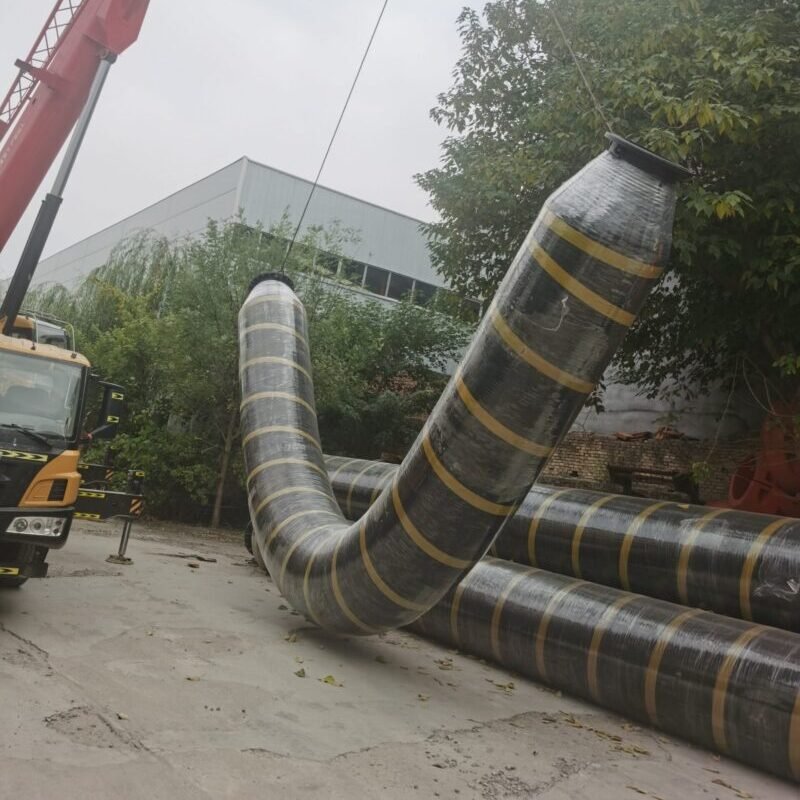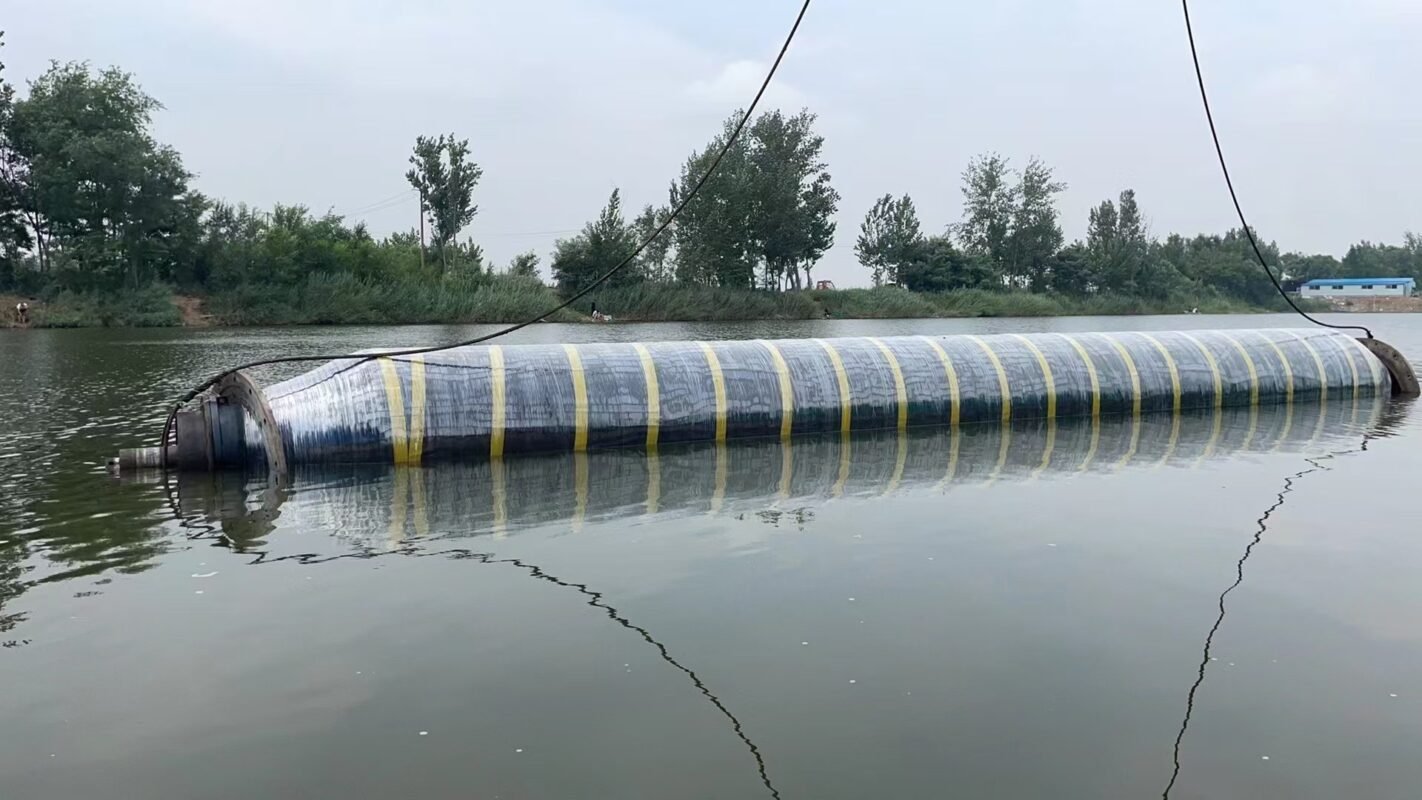Reducer-expansion Joint

Reducer-expansion Joint is a special rubber pipe with different inner diameters of flanges at both ends, showing the structural characteristics of one end being large and the other end being small. When the flange data of the dredging ship’s pump port is inconsistent with the flange data of the purchased pipeline, the variable diameter rubber pipe can effectively solve this connection adaptation problem.
Structure and features:Dimensional design: The diameter of the pipeline can be adjusted according to construction requirements, and smooth transition between different pipe diameters is usually achieved by flange connection.
Rubber material: made of high wear-resistant rubber, with excellent wear resistance, corrosion resistance and aging resistance, and can adapt to harsh construction environments.Good flexibility: The rubber has good flexibility, which enables it to adapt to complex and changing terrain and working conditions.Strong pressure resistance: able to withstand high pressure, especially suitable for long-distance conveying of mud or gravel and other media.

Application:Dredging projects: widely used in dredging operations in ports, rivers, lakes and other waters, as well as dredging projects such as sea reclamation, land reclamation, etc., and are used to transport slurry, sand and gravel and other materials.Mine engineering: Can be used for the treatment of mine tailings.Construction engineering: plays a role in construction scenarios such as foundation treatment and foundation pit drainage.
Environmental protection projects: suitable for environmental protection projects such as sewage treatment, sludge cleaning.
Product Advantages:Strong adaptability: The variable diameter design can meet the needs of different flow rates and pressures, and can be suitable for various complex working conditions.Abrasion resistance and durability: Rubber material has high wear resistance, effectively extending the service life of the pipe.Easy installation: Because of its good flexibility and easy installation and disassembly operation, it greatly reduces construction time and cost.Cost-effective: Compared with metal pipes, rubber pipes are lightweight, low-cost, and simple and easy to maintain.
Selection and precautions:Pipe diameter selection: The appropriate pipe diameter must be selected based on the actual flow rate and pressure to ensure that the pipe can meet the construction requirements.Working pressure: According to the construction environment, select pipelines that can withstand the corresponding pressure to prevent the pipe body from rupturing due to excessive pressure.Connecting method: Be sure to ensure that the diameter-reducing part is connected firmly to avoid leakage or falling off.Regular inspection: The pipes need to be regularly inspected to ensure uniform wear and replace the damaged parts in time.





